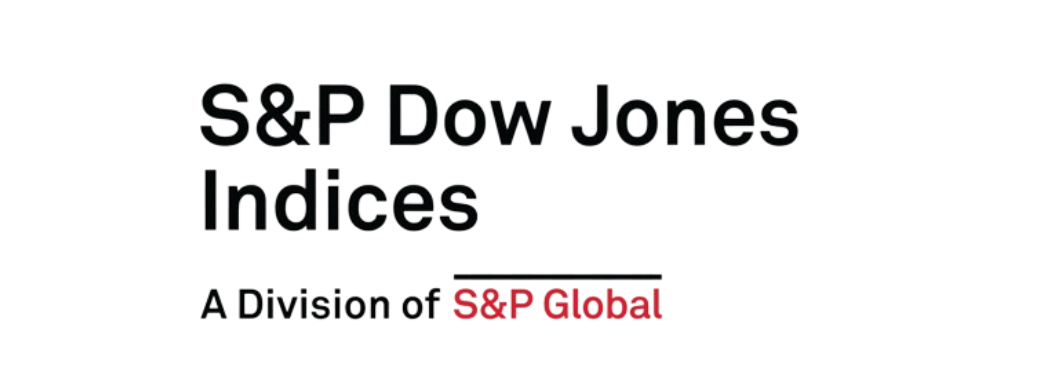In the first half of 2024, the large-cap S&P 500 outperformed smaller-sized ranges, gaining 15% in H1. The US bellwether’s strong first half was driven by the largest companies and optimism around artificial intelligence (AI) alongside prospects for company growth.
In addition, multi-decade highs have been witnessed in the weight of the five largest companies as a proportion of the S&P 500, representing 28.6% at the end of June.
Some investors who expect a mean reversion in the performance of ‘big tech’ stocks have sought out diversification down the market capitalisation spectrum, with the S&P MidCap 400 and S&P SmallCap 600 indices historically having higher sensitivity to macroeconomic factors such as GDP growth than their large-cap equivalents.
Interest rate cuts coupled with cheaper relative valuations could be set to propel small and mid-cap indices in the remainder of 2024 and capturing these stocks through an S&P Dow Jones Indices (SPDJI) index may be attractive due to the indices' alignment (non-overlapping and no gaps) when combined with the S&P 500 for a broad-based S&P Composite 1550 exposure.
SPIVA analysis revealed that passive small-cap investing outperforms active management, with over 60% of active small-cap managers underperforming the index over five years.
In this interview, Fiona Boal (pictured), global head of equities at SPDJI discusses why an indexing approach to US small and mid-caps is attractive, whether active managers outperform in this space, how SPDJI's indices differentiate themselves, and the future vision for these indices.
Why is an indexing approach to US small caps attractive?
I would start by noting the market has recently seen a shift towards diversification away from mega-cap exposure, with the S&P 500 Equal Weight index gaining popularity. Additionally, smaller indices like the S&P MidCap 400 and the S&P SmallCap 600 have also got a role to play for market participants seeking alternatives to the S&P 500. Notably, the S&P SmallCap 600 will celebrate its 30th birthday later this year and one of its advantages is its long, well-understood, and widely-used track record.
Another benefit of using an index approach for small caps is the transparency, rules-based nature, and replicability of the S&P 500 methodology. This ensures that all the strengths of the S&P 500's construction are present when investing in smaller companies. We like to think about it as an ecosystem.
Is active manager performance superior in the US mid and small-cap space?
Traditionally, or according to market convention, if you asked the average investor whether active managers have a better chance of success in small caps, the typical response might be yes. This is because there is greater dispersion in the performance of constituents and potentially more asymmetry of information, suggesting that picking winners could be more feasible. However, the presence of opportunity has not historically equated to active outperformance or “skill” versus the S&P 600.
However, SPIVA reports, which compare active managed funds against benchmarks, show that even in the US small cap sector, over a five-year period, more than 60% of small cap active managers underperform the index. This data highlights the significant advantage of passive management, even though it might seem counterintuitive at the small cap level.
How do SPDJI's small cap indices differ from competitors?
They benefit from being part of the broader S&P 1500 ecosystem. One key characteristic of this family of indices is the earnings screen, which filters out low-quality stocks. This means that even though you are seeking small-cap exposure, and there are certain risks associated with it, the earnings screen helps ensure that only higher-quality stocks are included. As a result, you gain significant exposure to the quality factor, which you may not find in other small-cap indices.
The other difference compared to some non-S&PDJI small-cap indices is that it follows the same methodology as the S&P 500, with ongoing reconstitution. The SPDJI Committee can make changes to this family of indices as needed, rather than having just an annual reconstitution. This means if a small company grows rapidly, it will not remain in a small-cap index longer than appropriate. The indices can adapt more quickly to changes in individual constituents and market conditions.
Additionally, the S&P 600 and S&P 400 (mid-cap index) provide different exposures, focusing more on companies that are domestically oriented in the US. This results in higher weights for sectors like industrials, financials, and real estate, compared to the S&P 500, which currently has high exposure to tech. Historically, this means these indices are more sensitive to US macroeconomic indicators, such as GDP growth and interest rates, allowing investors to target specific themes.
What is the vision for S&P 500’s small and mid-cap indices going forward?
By design, we aim to ensure that our indices are representative of the market and easy to replicate for our clients using them as the basis for financial products. We maintain a constant process of review, incorporating feedback both internally and from the market.
These indices have also served as the foundation for ESG and sustainability versions, allowing us to expand the family of indices. Our goal is to continue growing the index ecosystem, ensuring they remain easy to replicate, highly liquid and versatile for end investors to express a variety of views.



